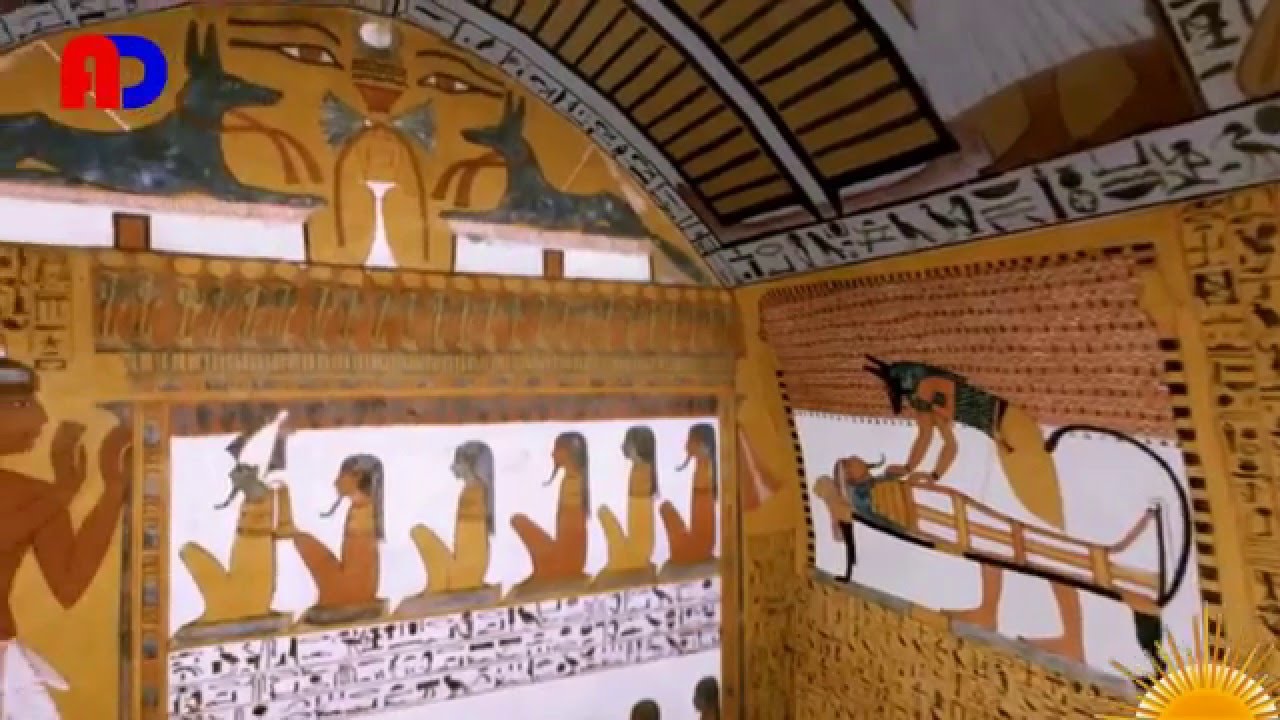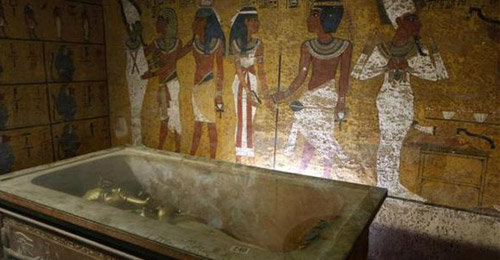CAIRO - 15 November 2020: Egypt’s golden pharaoh Tutankhamun was famous for numerous reasons. Among those reasons are the discovery of his tomb and its complete golden treasures without any damage and without being looted, as well as the mystery surrounding his death.
Ninety eight years ago, precisely on November 4, 1922, the famous British archaeologist Howard Carter discovered the tomb of the golden king Tutankhamun, in the Valley of the Kings located on the west bank of the Nile near Thebes.
For 450 years during the reign of the New Kingdom, which spanned from 1539 to 1075 BC, it remained a tomb for the pharaohs of Egypt.
Today marks the 84th anniversary of opening Tutankhamun's tomb for visitors for the first time ever. The mummy of Tutankhamun was found in full adornment of necklaces, rings, crowns and sticks, all made of pure gold.
However, The tomb of the golden boy that ruled Egypt was not the only one that was discovered containing its full belongings. Archaeologists found many complete pharaonic tombs, among them:
It is a non-royal tomb belonging to a couple of nobles who lived in the reign of the Eighteenth Dynasty, namely Yuya and Tjuyu, parents of Queen Tiye, wife of Amenhotep III, and the grandparents of Queen Nefertiti.
The tomb was discovered in February 1905, and it is considered one of the richest in the valley, where most of the belongings of the deceased were found in their natural condition.

It is the cemetery of the Sennedjem family in the Deir el-Madina necropolis. Sennedjem was the chief foreman working in Deir el-Medina who specialized in building the tombs of the pharaohs of the New Kingdom of Egypt (1470-1070 BC).
Sennedjem supervised the construction of the tombs of King Seti I and Ramses II.
The tomb was discovered in 1886 and was discovered by a Bedouin called Salem Abu Duha. The tomb was discovered in its original state and containing all of its belongings. It has never been looted.
Abu Duha reported the discovery to archaeologist Gaston Maspero, who examined the contents of the tomb. The contents of the tomb were then taken to England and are still displayed in the British Museum to this day.
The entire world knew about the tomb of Psusennes I after the discovery of his tomb by the French Professor Monet in the year 1940. The tomb was discovered with all its belongings and has never been looted.
Because of the amount of silver that was found in his tomb, he was called the Silver Pharaoh. This discovery would have constituted an important event such as the discovery of Tutankhamun’s tomb, had it not been for the timing of this discovery on the threshold of World War II, it would have received the coverage and attention as the tomb of Tutankhamun was discovered.
More than 12 royal mummies were found inside this cemetery. They included the mummies of Thutmose IV, Amenhotep III, Merenptah, Seti II, Siptah, Ramses IV, Ramses V, Ramses VI, and an unknown mummy of a woman dubbed "the old lady". It is likely that the mummy belonged to Queen Tiye, in addition to another mummy that is likely to have belonged to King Userkhaure-setepenre Setnakhte.

One of the unknown queens in the history of ancient Egypt, but in 2015 the Ministry of Antiquities managed to find 24 vessels made of limestone and 4 copper-made tools that represent part of the funeral furniture of the owner of the tomb, in addition to the disclosure of writings by workers recorded on the side walls of the burial chamber bearing between its lines the names and titles of the tomb owner, who is the king's wife and the king's mother.
Comments
Leave a Comment